Prairie Wonders and a Plant ID Challenge

Flower 1
Aldo saw things that others don’t:
Every July I watch eagerly a certain country graveyard that I pass in driving to and from my farm. It is time for a prairie birthday, and in one corner of this graveyard lives a surviving celebrant of that once important event.
It is an ordinary graveyard, bordered by the usual spruces, and studded with the usual pink granite or white marble headstones, each with the usual Sunday bouquet of red or pink geraniums. It is extraordinary only in being triangular instead of square, and in harboring, within the sharp angle of its fence, a pin-point remnant of the native prairie on which the graveyard was established in the 1840’s. Heretofore unreachable by sythe or mower, this yard-square relic of original Wisconsin gives birth, each July, to a man-high stalk of compass plant or cutleaf Silphium, spangled with saucer-sized yellow blooms resembling sunflowers. It is the sole remnant of this plant along this highway, and perhaps the sole remnant in the western half of our county. What a thousand acres of Silphiums looked like when they tickled the bellies of the buffalo is a question never again to be answered, and perhaps not even asked.—Aldo Leopold, Sand County Almanac, excerpt from http://www.panojohnson.com/leopold-quotes.html#silphium
The abundant rain this spring postponed our KABT field trip but the upside is that the prairies are lush. KABT members and naturalists in general should be getting out and checking on the ever changing floral display that defines our prairies.
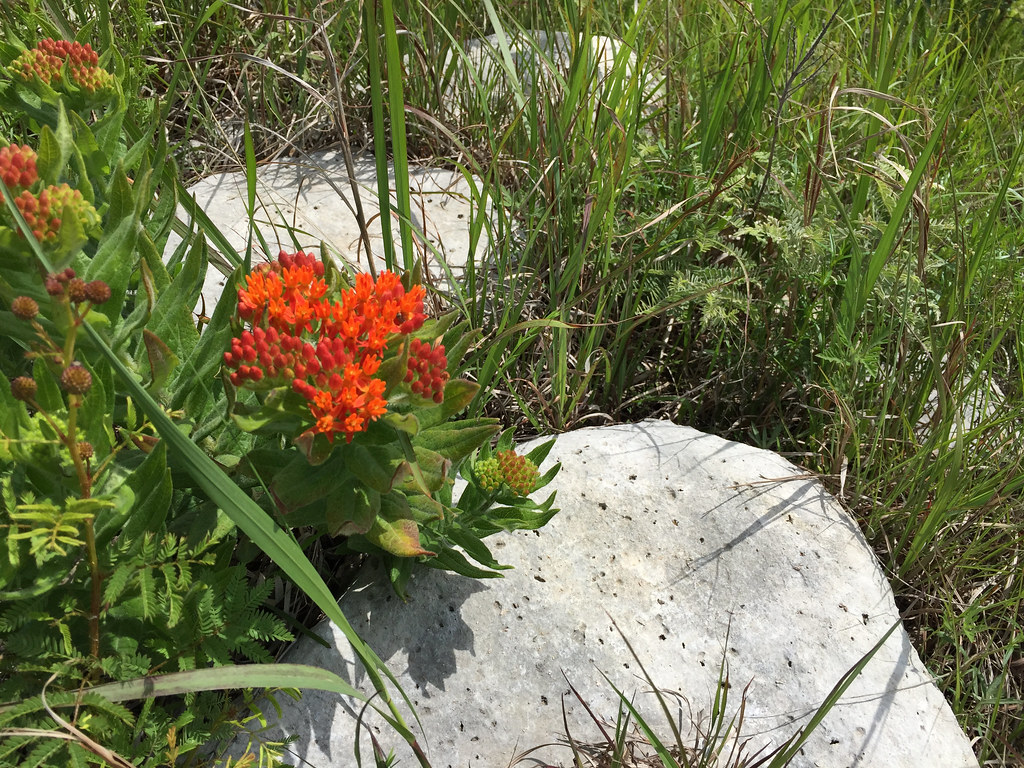
Flower 2
It is a beautiful time of the year and it changes daily. The weather is cool. The birds are singing, and so are the 17 year cicadas.
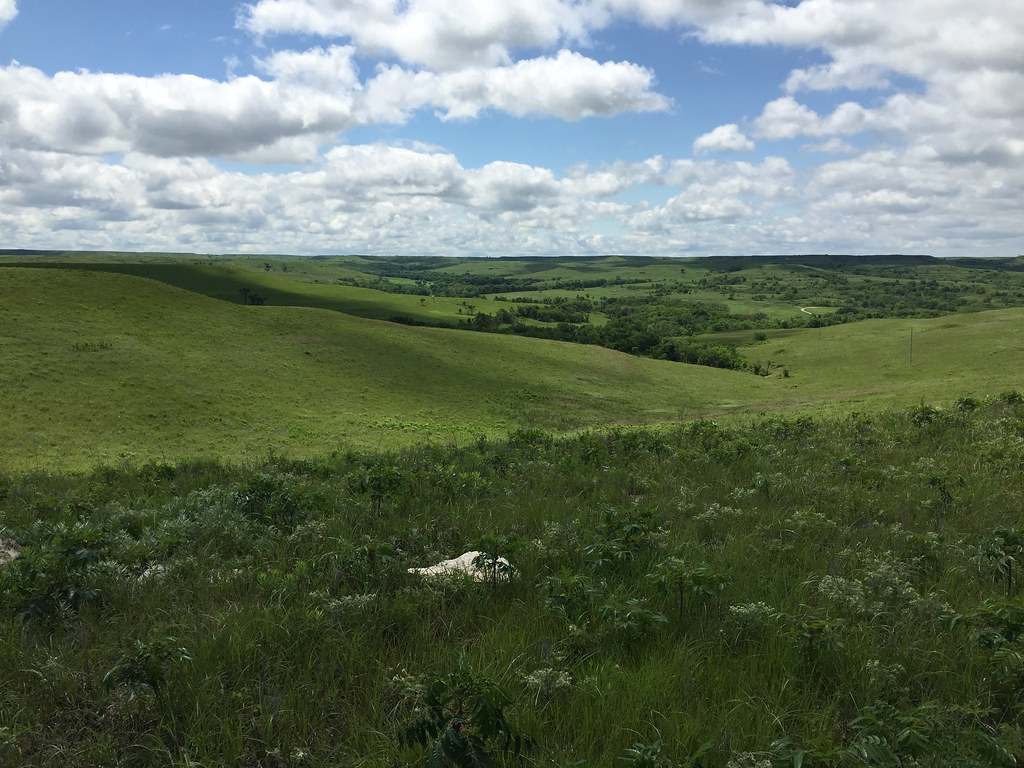
The only downside is that you’ve got to watch out for ticks. However, many of the sites you can visit have wide trails that make picking up ticks less likely. I’ve made two trips to the Konza this week only 4 days apart and I’m astounded at the change in just that short amount of time. Biology teachers and naturalists don’t want to miss out. Get out to your nearest prairie and see if you can’t discover the soul of the prairie.
Carol went along on the last trip.
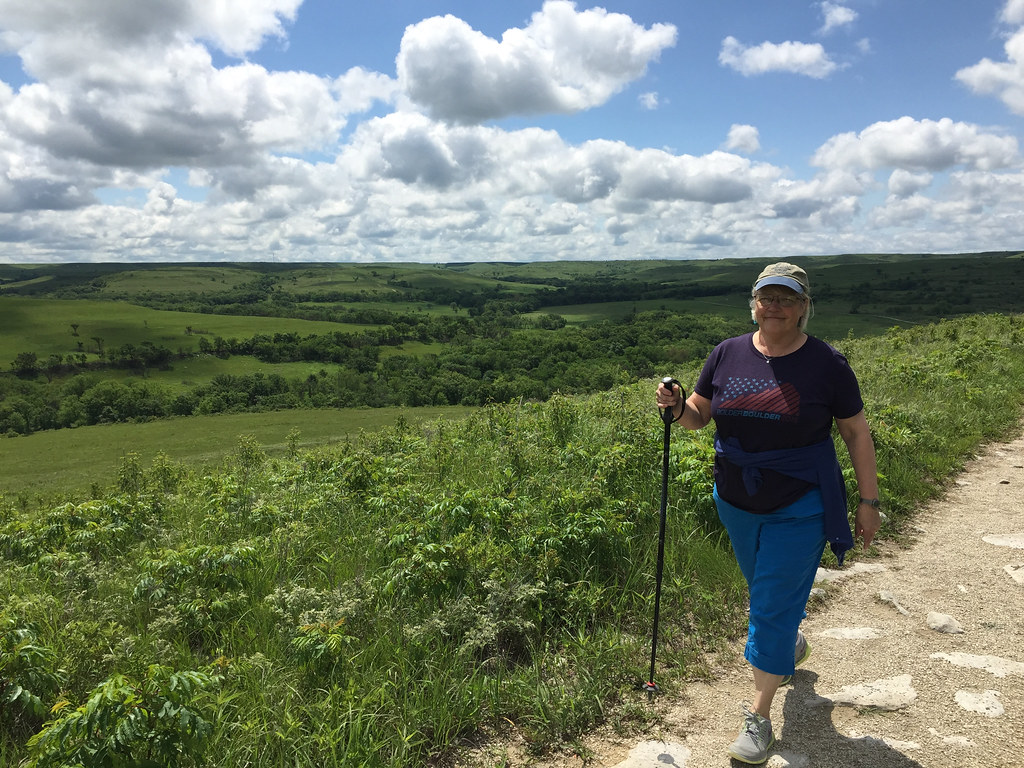
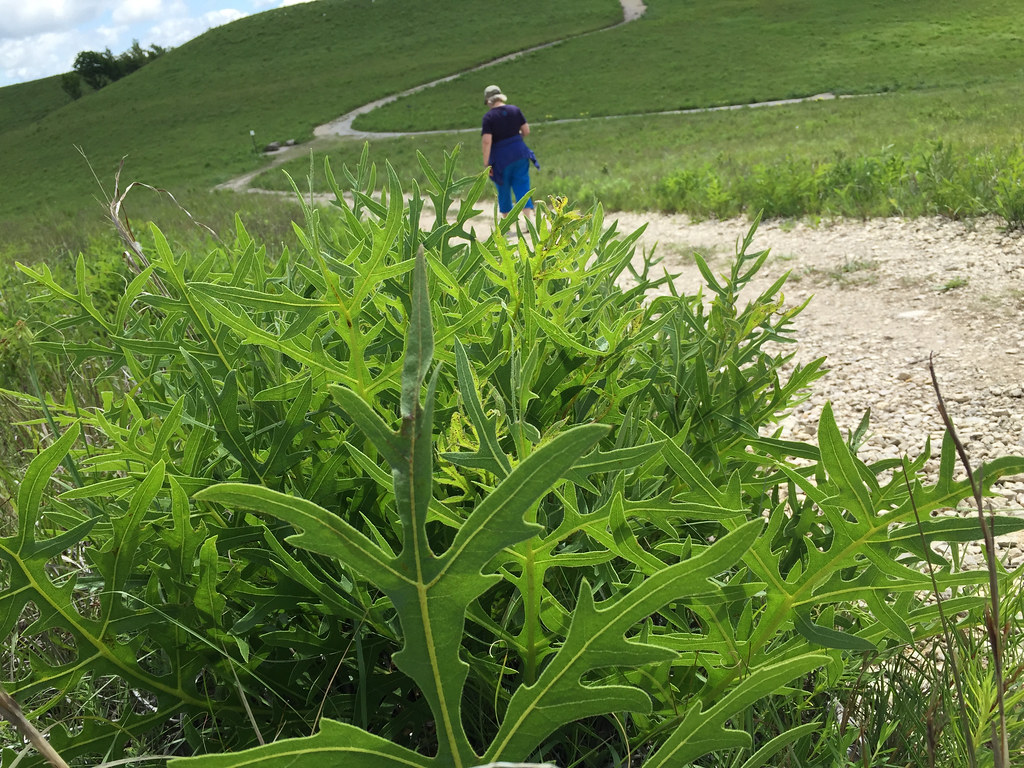
Not blooming but still identifiable: Flower 3
There are several prairies around that can be visited. The Konza leads the list but there is also the Tallgrass Prairie National Preserve. In Lawrence you have have the KU Field station north of town and the Prairie Park on the east side of town. Kill Creek Park in Johnson county and the Prairie Center both have excellent remnant prairies to visit.
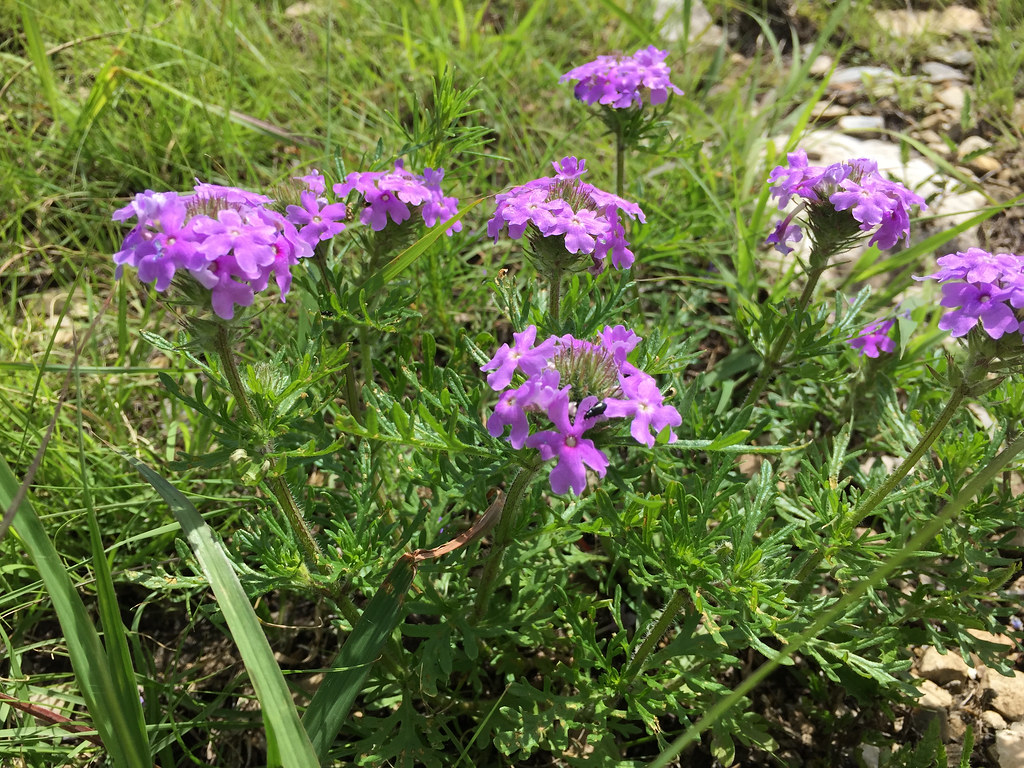
Flower 4
It’s not hard to learn to identify many of the flowers with today’s resources. Load up Mike Haddock’s Kansas Wildflowers and Grasses web page and you’ll likely find the answer to most of the flowers you’ll come across. Think of the flower images in this post as a quiz to get you started. If you choose to take up the challenge, enter your answers in the comments below or on the KABT Facebook Page. There are 11 flowers to be identified.
The Konza is noted for its benches, defined by limestone members. This is the Fort Riley bench.
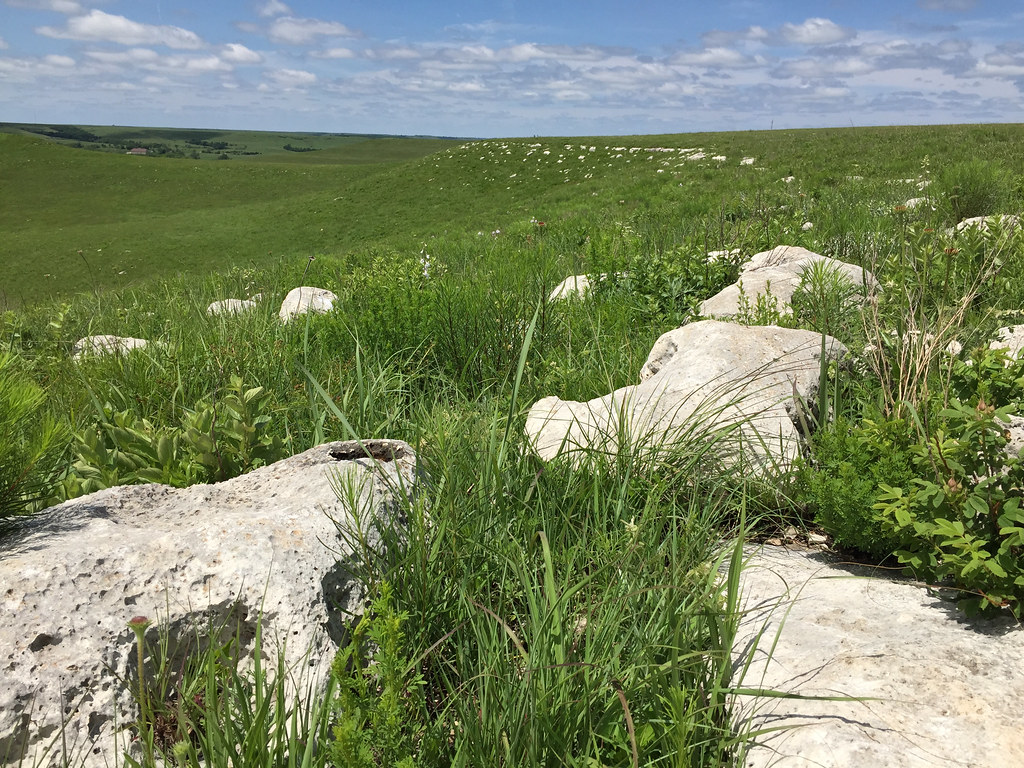
This is the Fort Riley limstone with eroded cavities filled with plants—like a planter.
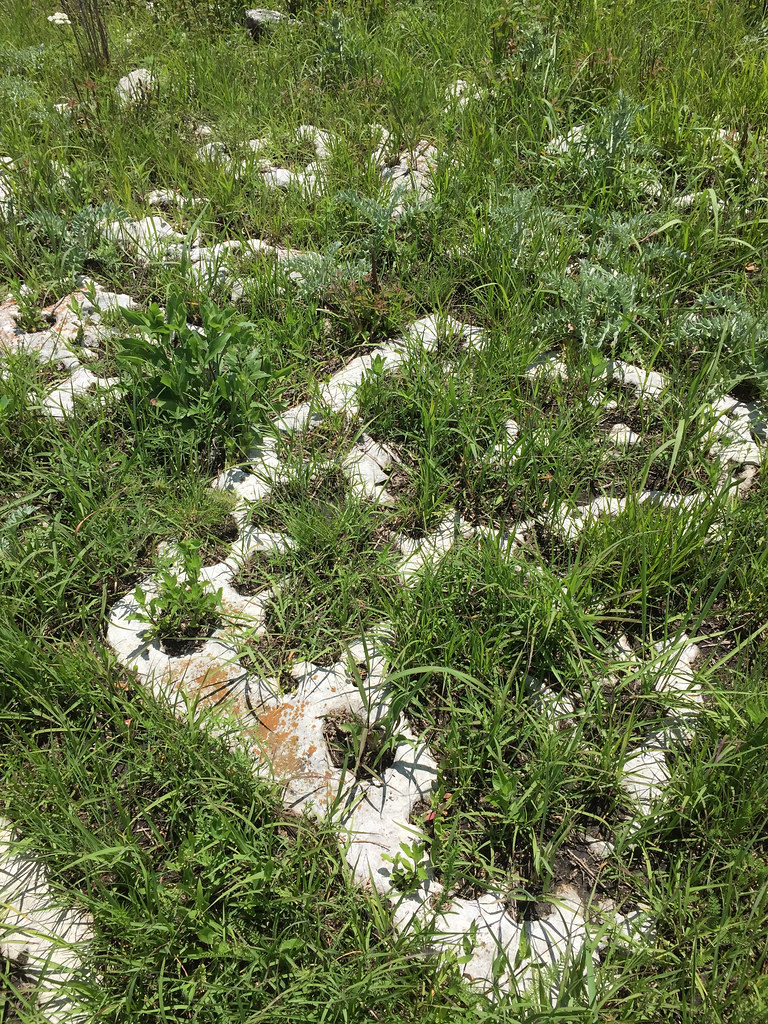
As Carol said in her Facebook post, this flower dominated the prairie, last week
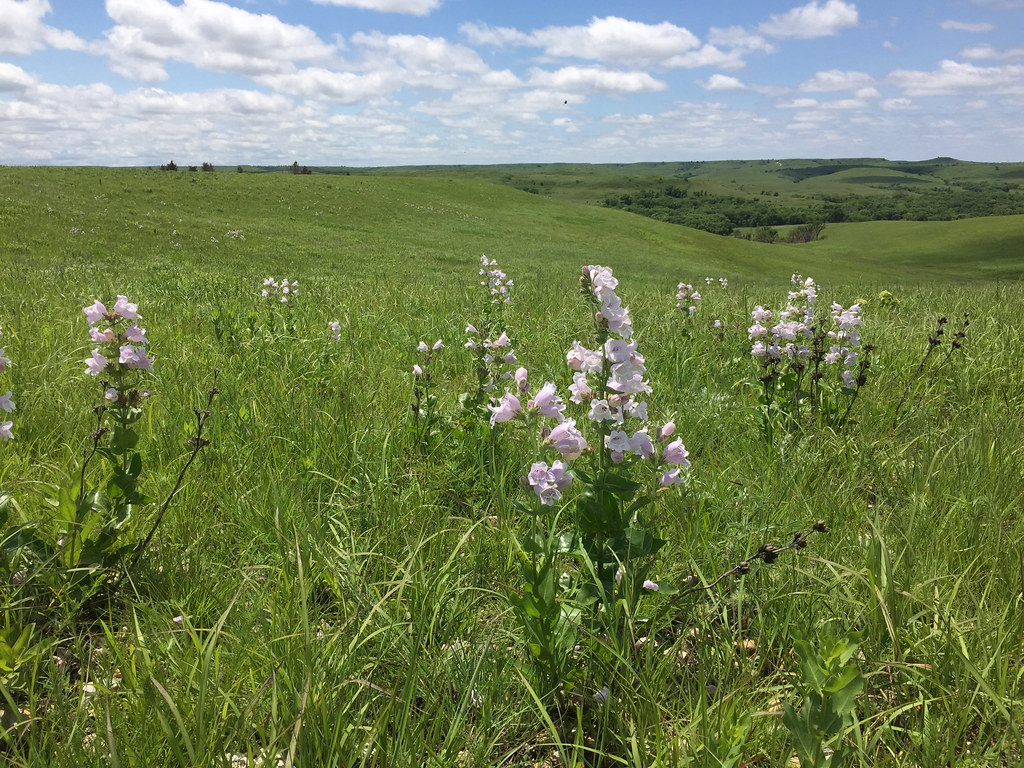
Flower 5

Flower 6

Flower 7
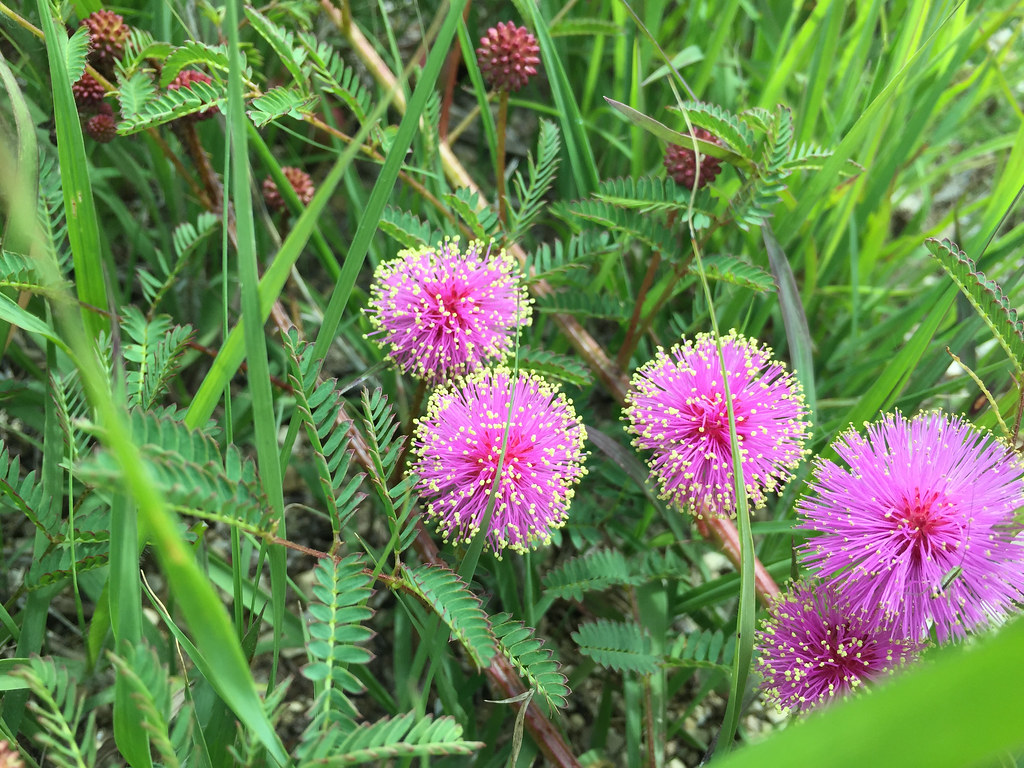
Flower 8
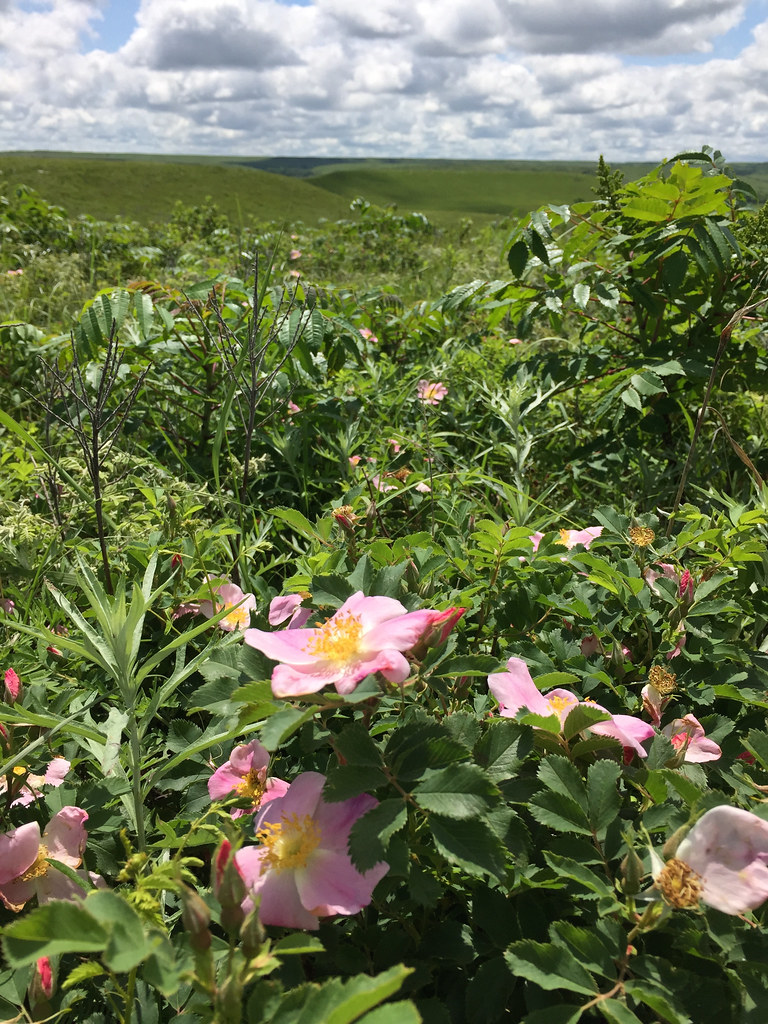
Flower 9
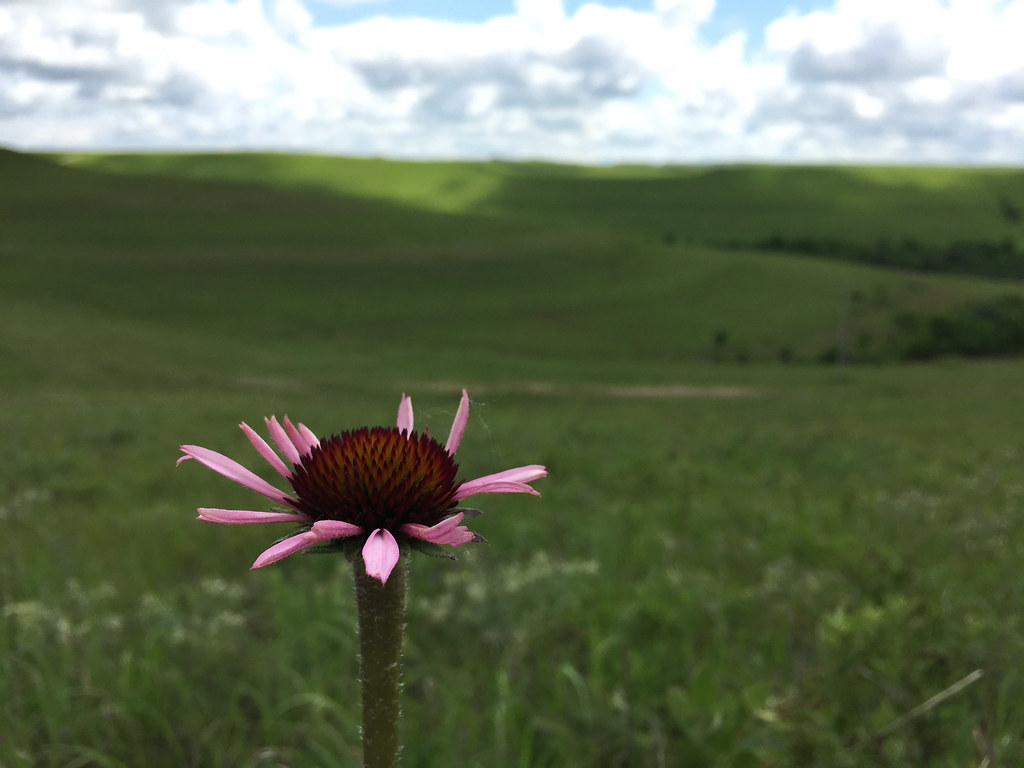
Flower 10

Flower 11

What a research opportunity for my students but we need help from you, your friends and relatives!
Please ask relatives and friends in different states throughout the USA to collect cicadas for us. We ( my students and I) will ID and analyze DNA. Please post this request on Social media if you deem appropriate.
No we haven’t lost our minds. We just love research!
Collecting cicadas:
1) Grab them, they are harmless
2) Place them in an airtight container…old pill bottle, clean yogurt cup, not a drink cup…the hole for the straw allows air in. We don’t want the cicada to dehydrate. You may place several cicada in one container…just don’t overcrowd them or they damage one another as they move about.
3) Place the container of cicadas in the freezer (this kills the insect and preserves it for later study). Keep the insects frozen.
4). When you have 12-30 let me know. I will send mailing instructions.
States we are interested in: TN, OK, TX, CO, KS, NE, IA, IN, IL, MI, AR, AL, MI, MO, ID, AR, CA, OH, SC, NO, PA, ND, SD, UT, WY, MN, NM, MT, WI, NY, NJ, FL, GE
The list above includes the states we would like to know more about in terms of 17 and 13 yr cicadas. Some of the states listed have no record of emergence. If you live in additional state where cicadas are emerging we would appreciate your involvement.
Brood charts showing locations where cicadas are emerging and other interesting information about these amazing critters are located at:
http://www.cicadamania.com/cicadas/
Brenda Bott
Coordinator/Teacher
Shawnee Mission School District Biotechnology Signature Program
Overland Park, KS
brendabott@smsd.org